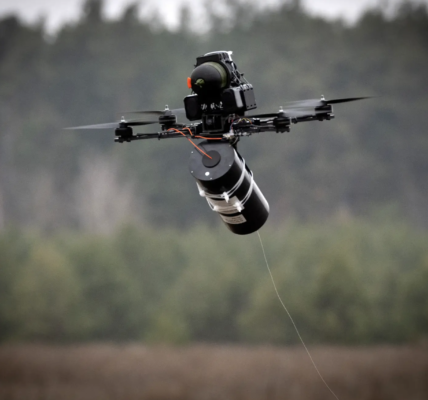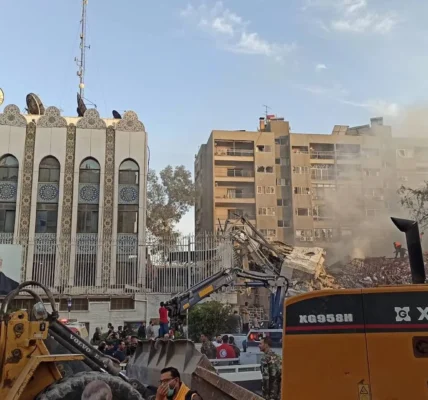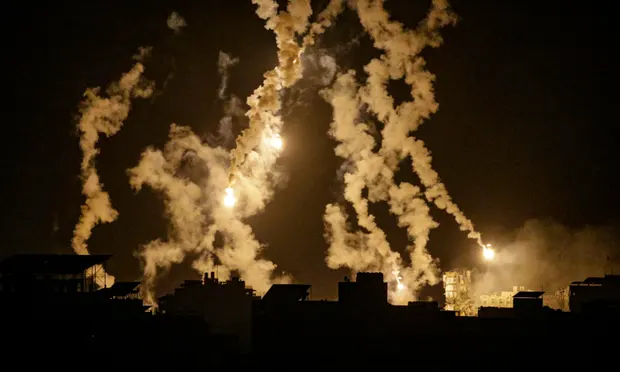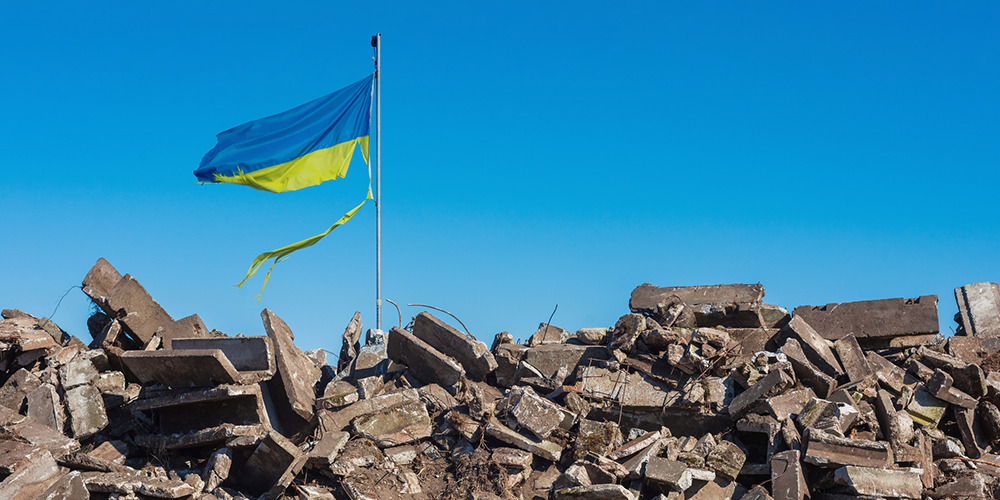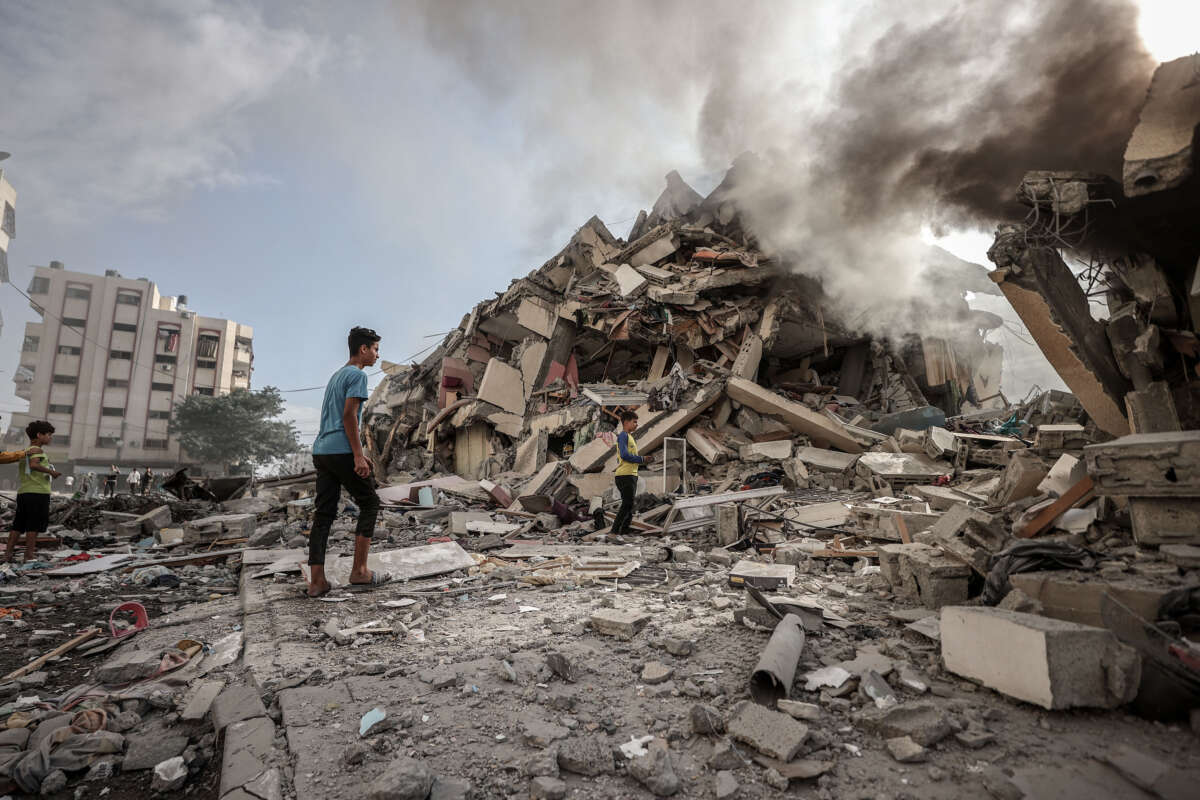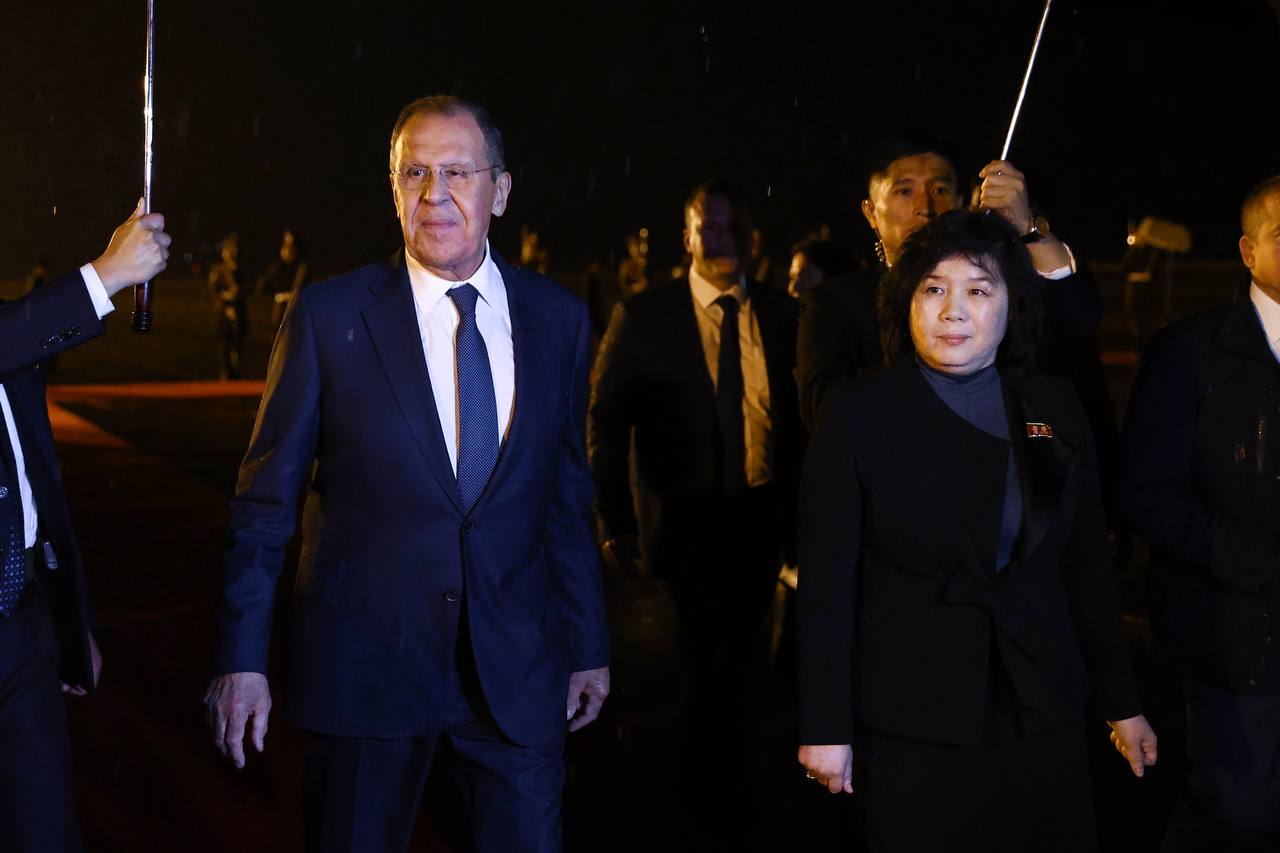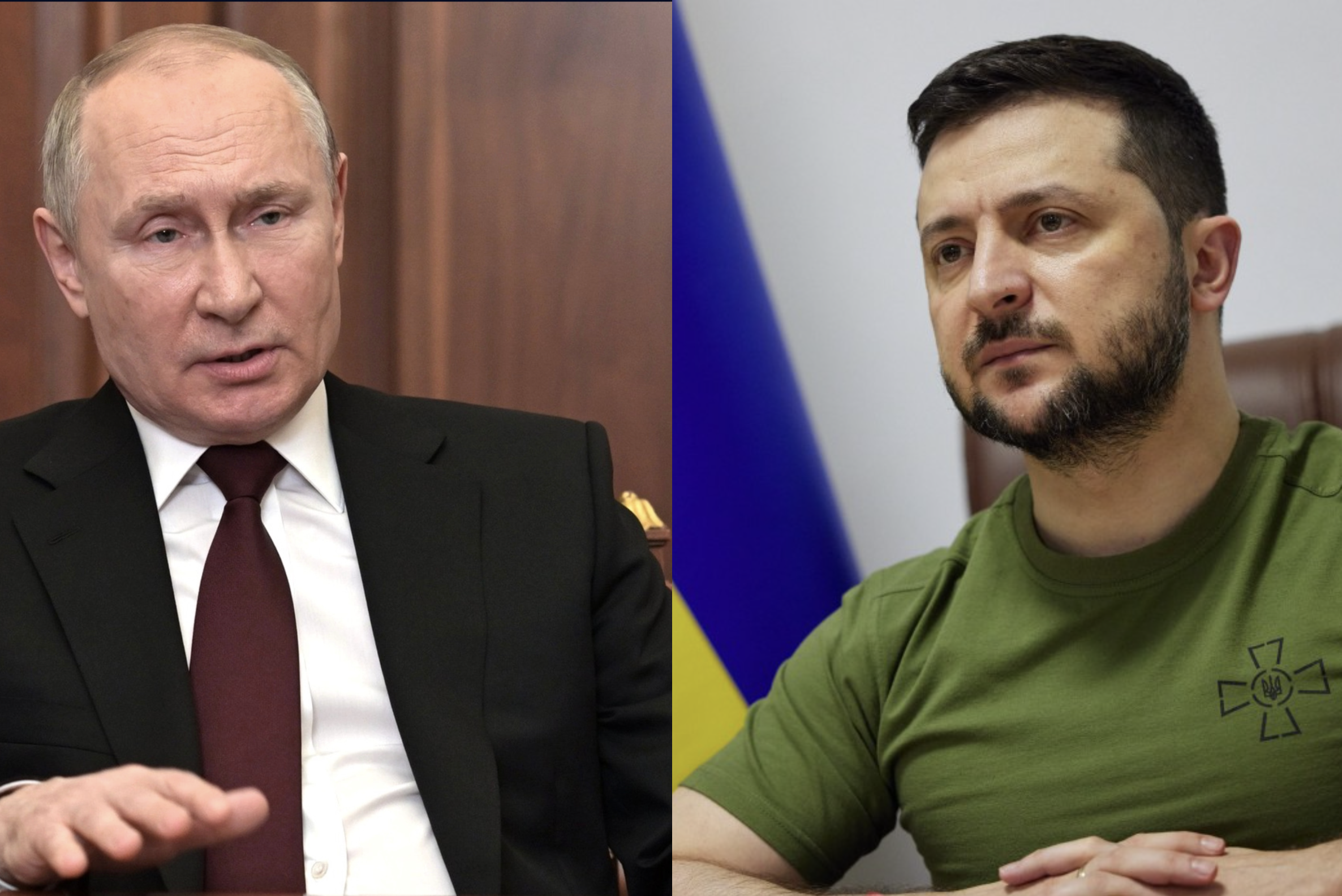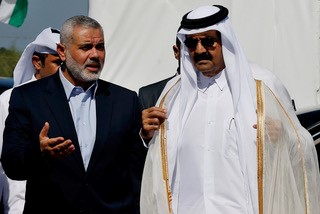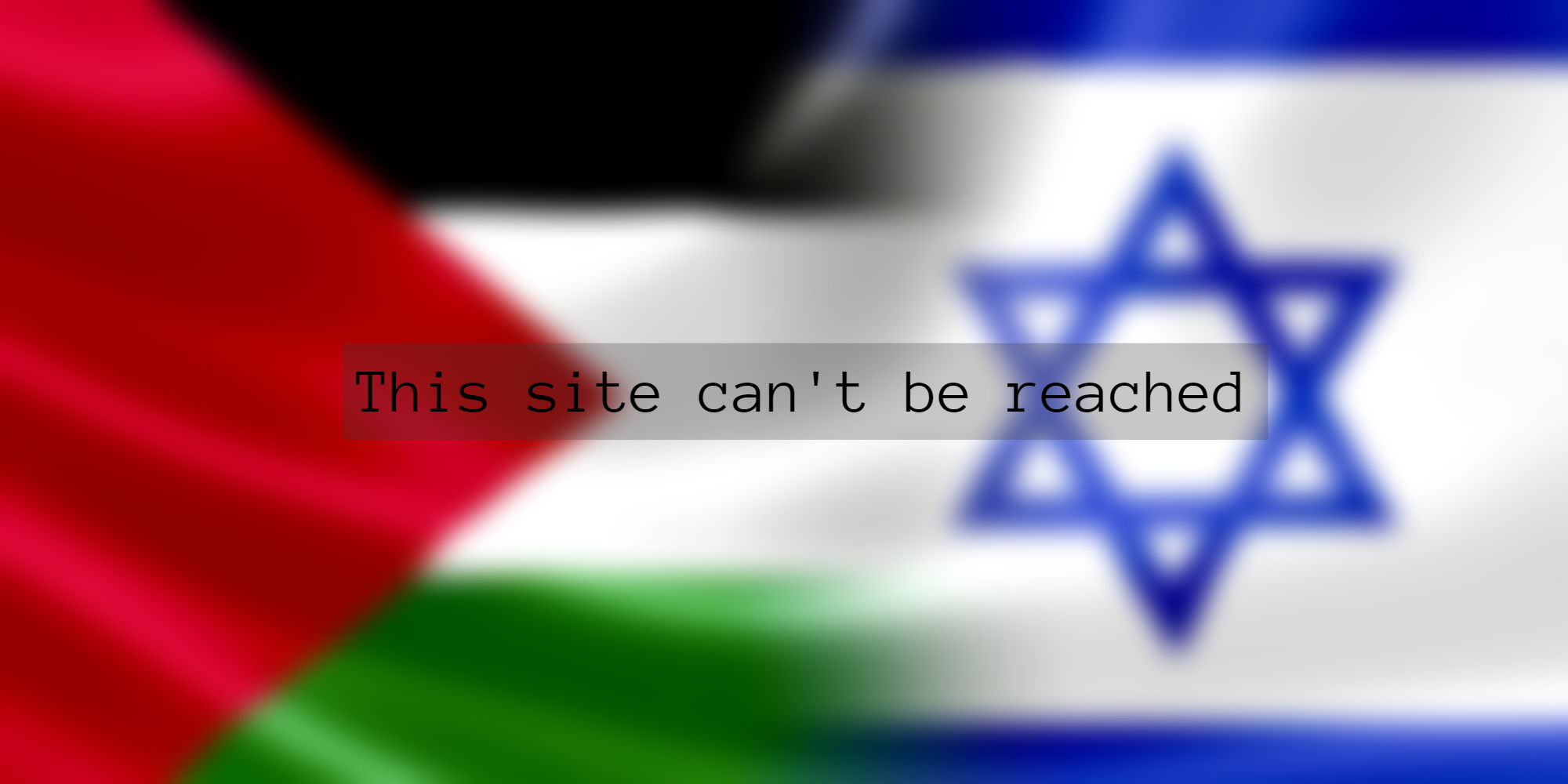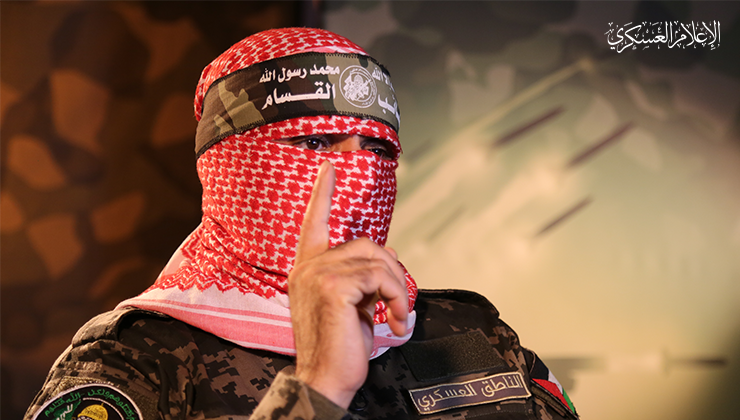Last June, we warned in The Hill that Israel and Iran were five minutes from Armageddon. By that point, Iran had amassed 43 kilograms (95 pounds) of highly enriched uranium (HEU) and enriched, alarmingly, that stockpile to 60 percent – a level far beyond the 3 per cent to 5 per cent needed to produce fuel for medical experiments and nuclear power plants. Now, according to Rafael Grossi, director-general of the International Atomic Energy Agency (IAEA), Iran has enough material to produce “several nuclear weapons.”
In Doomsday clock terms the world is now finding itself already inside the garden of Armageddon. It is no longer a question of how close we are to “midnight,” but rather one of whether we can get past it. A year on Iran now possesses 70 kilograms (154 pounds) of uranium enriched to 60% and an additional 0.98 tonnes (2,205 pounds) of low enriched to 20%.
Jerusalem is clearly running out of patience. On January 29th, the Israelis launched a series of suspected drone strikes against an Iranian military facility in Isfahan, south of Tehran. Newly-returned-to- office Israeli Prime Minister Benjamin Netanyahu obliquely suggested to CNN’s Jake Tapper in an interview that Israel was responsible when he acknowledged his country’s military forces are “taking actions against certain weapons development” in Iran.
Netanyahu, while refusing to confirm or deny, did note that, in general, Jerusalem is actively targeting Iranian sites producing weaponry that “are used against Ukraine.” That, however, is likely the Israeli prime minister being somewhat politically expedient given recent global and internal criticism of the lack of his country’s military support to Ukraine in terms of providing offensive weaponry the and Iron Dome air defense missile system that would be immediately useful in mitigating Russian cruise missile strikes on Kyiv and other Ukrainian cities.
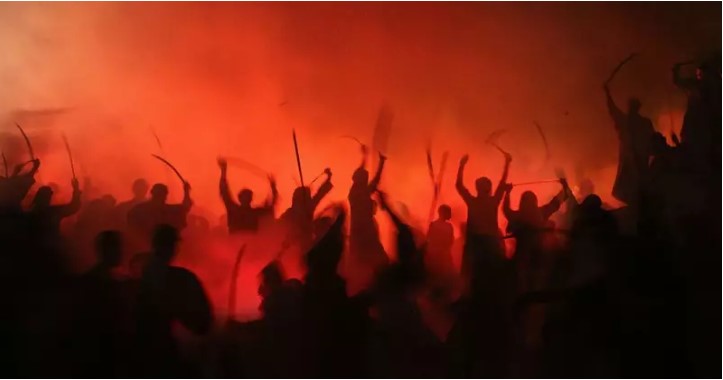
Israel’s strike on Iran could be intended as a dual message to Tehran. In part as a response to the ruling ayatollahs continued supplying of drones, rockets, and other munitions to Hezbollah in Lebanon, Hamas and Palestinian Islamic Jihad in Gaza, as well as the Zaynabiyoun Brigade and Fatemiyoun Division in Syria. In part too as a message of Israeli willingness and capability to strike deep into Iran, if need be, to take out Tehran’s nuclear program on its own.
Iran is vowing a military response after Amir Saeid Iravani, Tehran’s United Nations envoy, informed U.N. Secretary-General António Guterres his country believes the “Israeli regime” is responsible. To date, Israel has, in a series of covert actions, sought to disrupt and delay Iran’s nuclear program to allow negotiations to work. Time is, however, now running out – and arguably, time has already run out.

U.S. Special Envoy to Iran, Robert Malley, acknowledged as much in an interview with Stephen Sackur on the BBC program HARDtalk saying Iran is “very, very close” to being able to produce a nuclear weapon. For now, diplomacy remains Washington’s preferred solution, however, events on the ground inside and outside of Iran are quickly closing that door. Netanyahu’s tolerance for a nuclear capable Iran is politically limited – something the White House is forced to take into consideration.
Iran’s chief Israeli critic, Netanyahu, is back in power as is his conservative coalition. Iran continues to be roiled by deadly women’s rights protests and subjected to murderous crackdowns by the ruling totalitarian regime in Tehran. Less obvious on the radar screen is how Russia’s war in Ukraine and “jihad” against the West is lurking in the background. It could lead to Russian President Vladimir Putin intentionally weaponizing the Persian Gulf as a means of creating an energy crisis in Europe he has yet to be able to strategically achieve.
Putin’s initial strategy to “weaponize winter” in Europe and Ukraine failed. In part because western Europe thus far has experienced a relatively mild winter as was predicted by long-range meteorologists. Also, because the Zaporizhzhia Nuclear Power Plant in Ukraine going on and offline due to Russian shelling did not have the desired intended maximum effect. The European Union, for now, is backfilling Ukraine’s power grid needs while maintaining its own.
If Putin takes the risk, it would be a high-stakes and dangerous game that could result in turning the Middle East into a “Red Armageddon” as we cautioned last August in The Hill. Putin, likely, would not intend it to be a nuclear conflagration, however, once dominoes start to fall, the unintended consequence might very well result in just that – especially if Israel were to existentially fear Jerusalem had exhausted every other option to prevent Tehran from becoming a nuclear force in the Middle East.
Despite the Biden administration’s assertions otherwise, the Joint Comprehensive Plan of Action (JCPOA) is essentially dead. Beginning last July, as noted by David Rigoulet-Roze, a Mideast expert in Paris: “In light of what’s been going on in Iran, the parties engaged in the nuclear talks are less keen to pursue a renewed deal at all costs.” Five months on and Rigoulet-Roze is being proven right. Catherine Colonna, Minister for Europe and Foreign Affairs of France, confirmed as much, declaring on February 2nd, that “We are facing a dead end.”
Iran is clearly feeling the rising heat. Mohammad Eslami, was quick to claim the IAEA report is “incorrect.” His protestations were (highly) likely Iranian obfuscation. As noted by Reuters, it is “the [new] interconnection between the two cascades of IR-6 [refinement] centrifuges” that is setting off the UN atomic watchdog’s alarm bells. In layperson terms, this interconnectivity significantly speeds up HEU refinement, thus getting Iran ever nearer the 90% HEU needed to create a nuclear mushroom cloud.
We are entering an end game state in Iran. Decisions made now will determine whether or not Iran becomes a nuclear power. To its credit, Washington is signaling militarily that they will not accept this outcome.
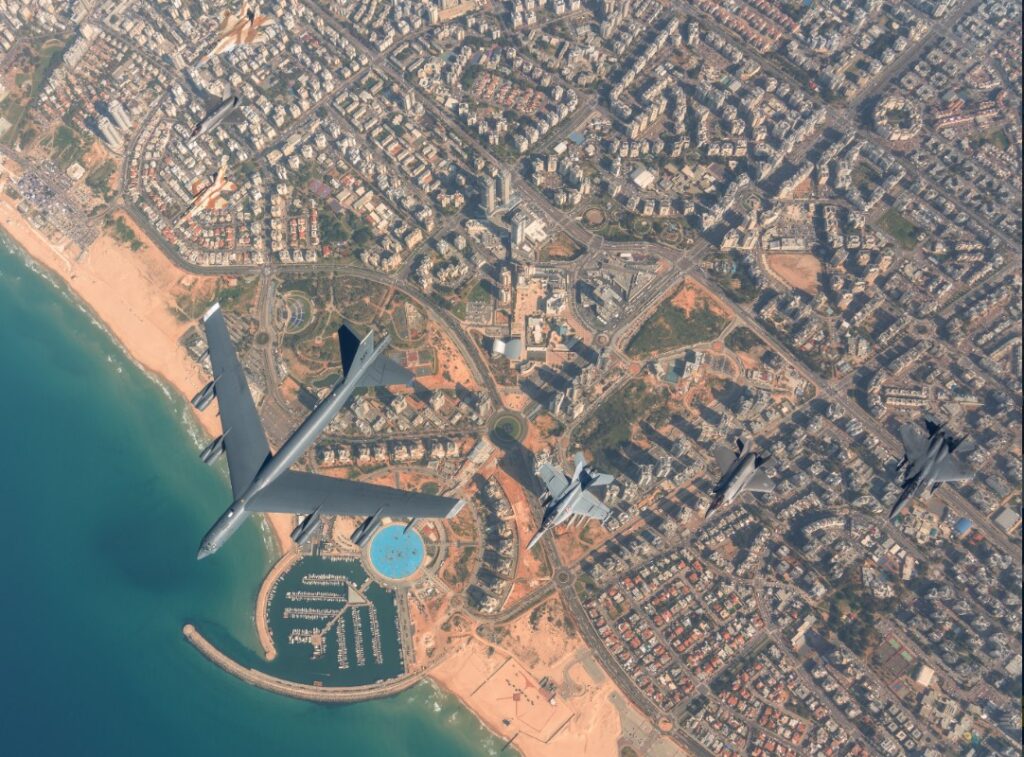
This was loudly demonstrated by a massive joint Israeli-U.S. exercise codenamed “Juniper Oak” which was characterized by the U.S. Department of Defense as the ‘largest in history.’ The substantial show of force included the USS George H.W. Bush Carrier Strike group along with 140 airplanes and “6,400 U.S. troops alongside more than 1,500 Israeli troops.”
Notably, the integration of “unmanned vehicles, strategic bombers, jet fighters, and precision fighters” whose roles exhibited “long-range strikes, suppression of enemy air defense, electronic attacks, as well as offensive counter and air interdiction” advanced capabilities, had one unstated purpose. To conclusively prove the U.S. and Israel can field a capable force needed in a “maritime” environment to effectively strike Iran.
It is time for the West and Iran to each reach a decision point. Warring forces, including Washington, Jerusalem, and Putin, are gathering in the garden of Armageddon – and the gates of Hell are in sight.
Copyright 2023. Mark C. Toth and Jonathan E. Sweet. All rights reserved.

